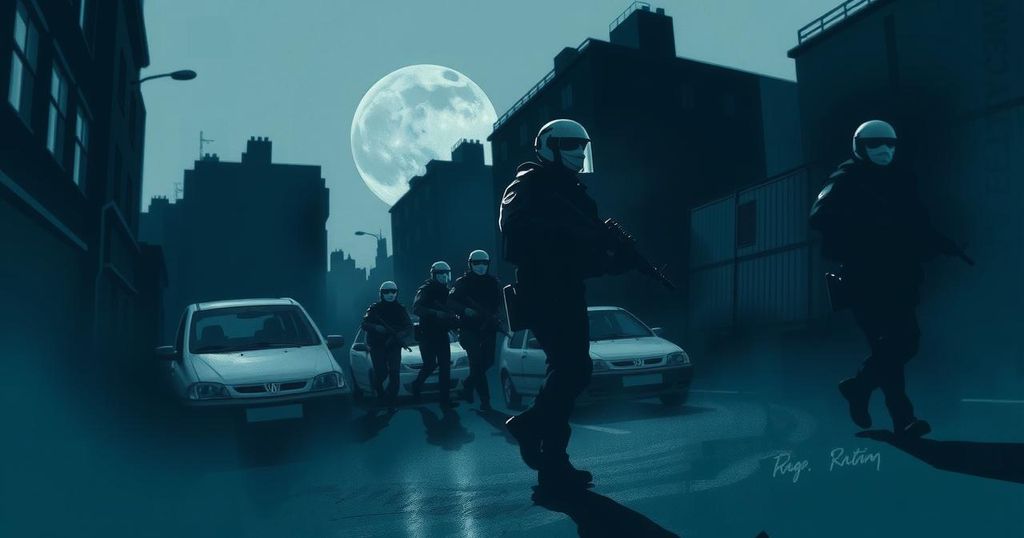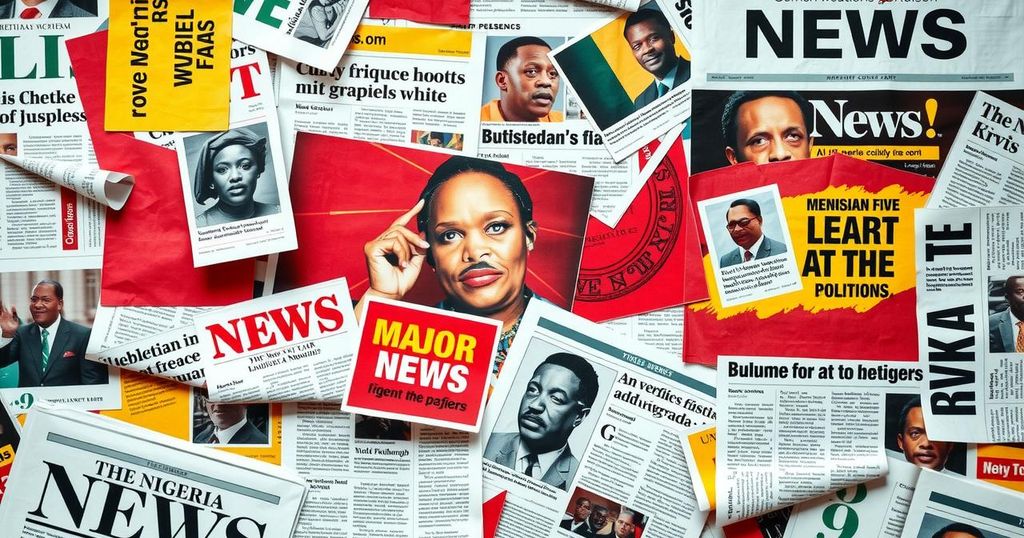Politics
ARMONIA, ARMONÍA 10, BOLUARTE, CALLAO, CONGRESS, CORRUPTION, DEMOCRACY, EL RUSSO, FUERZA POPULAR, FUERZA POPULAR PARTY, JUAN JOSE SANTIVANEZ, LIMA, NATIONAL SECURITY, NORTH AMERICA, PAUL FLORES, PERU, SAN JUAN DE LURIGANCHO, SANTIVANEZ, SECURITY, SOUTH AMERICA, UNITED STATES
Marcus Li
0 Comments
Peru’s Escalating Security Crisis Amid Failed Emergency Measures
Peru’s security crisis worsens despite emergency measures from President Dina Boluarte. Crime rates remain high, and corruption undermines governance, with Interior Minister Santiváñez facing censure. Public dissatisfaction and controversial remarks about capital punishment characterize the administration’s response, raising concerns over human rights and effective crime reduction.
Peru is currently experiencing a severe security crisis that has continued to deteriorate, despite multiple emergency measures enacted by President Dina Boluarte. The government’s response has been met with skepticism, as soaring crime rates and corruption allegations undermine the possibility of effective governance.
In March, following the murder of cumbia singer Paul Flores, Boluarte declared a 30-day state of emergency in Lima and Callao. This measure, effective from March 18, grants police considerable authority over public order with military support, while suspending essential constitutional rights.
However, the situation shows little improvement, with additional homicides occurring since the emergency declaration, leading to doubts about the government’s security strategy. This recent declaration follows another enacted in September 2024 due to transport workers’ fears of extortion, highlighting a lack of a coherent long-term plan to combat organized crime.
Interior Minister Juan José Santiváñez, a key figure in managing this crisis, faces potential removal as Congress debates three censure motions against him. A public announcement from the Fuerza Popular party criticized his ineffectiveness, stating it demonstrates a failure in governance.
Public dissatisfaction is palpable, with Santiváñez possessing a disapproval rating of 79%, while Boluarte maintains her support for him, raising questions about her judgment given their joint legal entanglements. The emergency measures came after Flores was brutally murdered, yet authorities failed to provide adequate security.
In light of public outcry, Boluarte controversially proposed considering the death penalty for violent crimes, despite legal and constitutional restrictions against it. This rhetoric has heightened concerns about the absence of a solid security strategy.
The Human Rights Ombudsman criticized the inefficacy of previous emergency measures and called for evidence-based security policies, asserting that crime rates have remained unchanged. Statistics reveal an alarming trend in violence, with over 2,000 homicides recorded in 2024 and 123 in January 2025 alone.
As crime escalates, Santiváñez faces corruption allegations, including claims of soliciting bribes to influence judicial outcomes. Evidence from the Public Prosecutor’s Office includes various documentation of wrongdoing, yet Boluarte has shielded him from accountability, referring to the allegations as political harassment.
Bloomberg noted Boluarte’s low approval rating of just 5%, labeling her one of the world’s most unpopular leaders, exacerbated by her absence from significant international gatherings during economic crises.
The government’s handling of the security crisis has drawn criticism for shifting towards authoritarian measures, empowering security forces to intrude on private properties and limit public gatherings, which could lead to potential human rights violations.
Peru’s growing security crisis mirrors similar situations across Ecuador and Colombia, indicative of a larger trend in regional organized crime. The government’s reactive approach and visible corruption only aggravate the situation, raising significant questions about its capability to combat the ongoing crisis.
The security crisis in Peru underscores the government’s ineffective responses and the pervasive issues of corruption and violence. Despite declaring states of emergency, crime rates continue to rise, reflecting a distressing trend of governmental incompetence. The situation is exacerbated by the Interior Minister’s corruption allegations and public dissatisfaction, leading to calls for accountability. As Peru confronts these challenges, the outlook for effective governance and public safety appears increasingly grim.
Original Source: www.intellinews.com




Post Comment